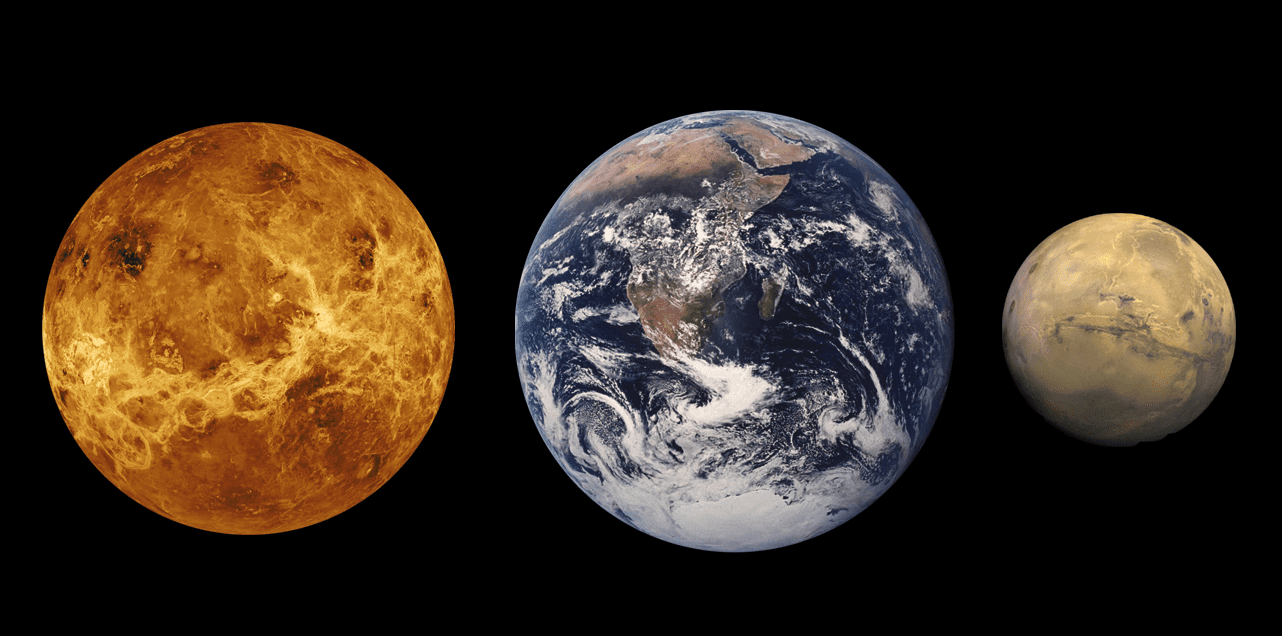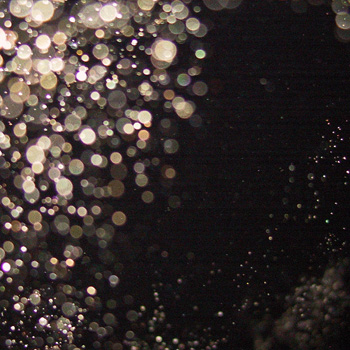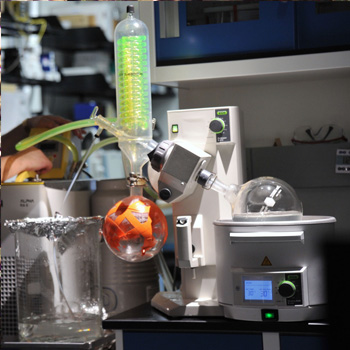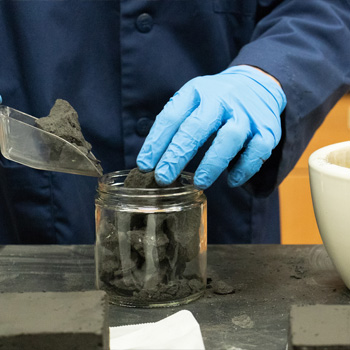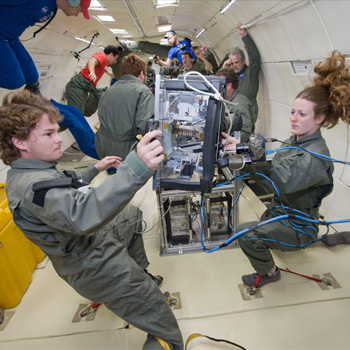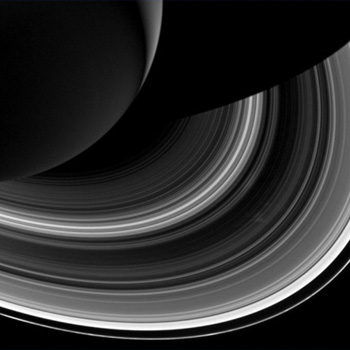Planetary Sciences Group
University of Central Florida
The UCF Planetary Sciences Group uses spacecraft data, images from the world’s largest telescopes, meteorites and moon rocks, experimental techniques, and supercomputers to investigate our own Solar System as well as others around the Galaxy.
Our Research
Academic Programs
Our Latest Papers
| Authors | Title | Published Date | Journal |
|---|---|---|---|
| Souza-Feliciano, A. C.; Rommel, F. L.; Morgado, B. E.; and 1 coauthor | Rotational Light Curve, phase, and visible colors of (52246) Donaldjohanson throughout Lucy Mission Flyby | Jan 2026 | Icarus 443, 116771 |
| Proudfoot, Benjamin; Grundy, Will; Ragozzine, Darin; and 1 coauthor | Beyond Point Masses. V. Weywot’s Non-Keplerian Orbit | Dec 2025 | The Planetary Science Journal 6, 285 |
| Wong, Ian; Holler, Bryan J.; Protopapa, Silvia; and 9 coauthors | JWST/NIRSpec Observations of Salacia-Actaea and Máni: Exploring Population-level Trends among Water-ice-rich Kuiper Belt Objects | Dec 2025 | The Planetary Science Journal 6, 281 |
| Rommel, F. L.; Fernández-Valenzuela, E.; Souza-Feliciano, A. C.; and 2 coauthors | SpinTrace: A Python Library to Study the Physical Properties of Small Bodies Using Survey-based Photometry | Dec 2025 | The Planetary Science Journal 6, 280 |
| Mc Keown, Lauren E.; Lesage, Elodie; Scully, Jennifer E.; and 9 coauthors | Lake Stars as an Earth Analog for Europa’s Manannán Crater Spider Feature | Dec 2025 | The Planetary Science Journal 6, 279 |
| Challener, Ryan C.; Weiner Mansfield, Megan; Cubillos, Patricio E.; and 33 coauthors | Horizontal and vertical exoplanet thermal structure from a JWST spectroscopic eclipse map | Dec 2025 | Nature Astronomy 9, 1821 |
| Iraci, F.; Chalumeau, A.; Tiburzi, C.; and 46 coauthors | Combining the second data release of the European Pulsar Timing Array with low-frequency pulsar data | Dec 2025 | Astronomy and Astrophysics 704, A109 |
| Collyer, Cameron; Fernández-Valenzuela, Estela; Ortiz, Jose Luis; and 8 coauthors | Synchronous Rotation in the (120347) Salacia─Actaea System | Nov 2025 | The Planetary Science Journal 6, 270 |
| Shackelford, A. N.; Donaldson Hanna, K. L.; Gillis-Davis, J. J. | Space Weathering on Carbon-rich Surfaces: Spectral Characterization of Fe-poor Mercury and Carbonaceous Asteroid Analogs | Nov 2025 | The Planetary Science Journal 6, 254 |
| Minocha, Angelina; Ogliore, Ryan C.; Carpenter, Paul K.; and 2 coauthors | Analyses of Apollo 17 Samples Using the Quantitative Microanalysis Explorer: A Web-Based Visualization Platform to Study Optical, Electron, and X-Ray Imaging Data | Nov 2025 | Journal of Geophysical Research (Planets) 130, e2024JE008614 |
Query returned 1072 total number of records, 10 are shown.

